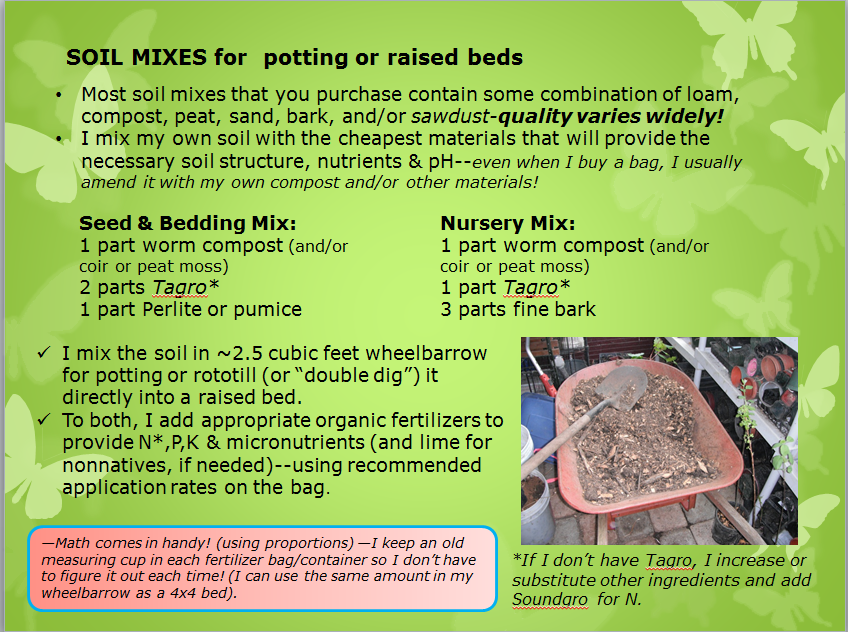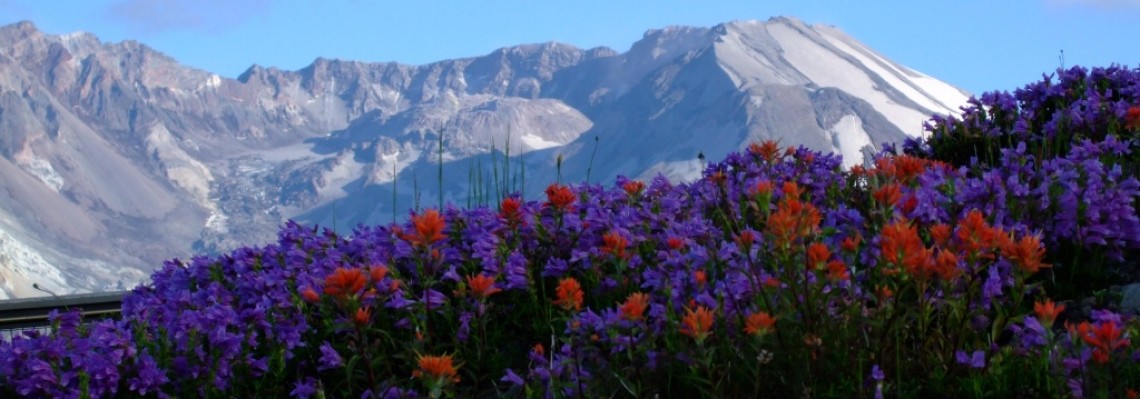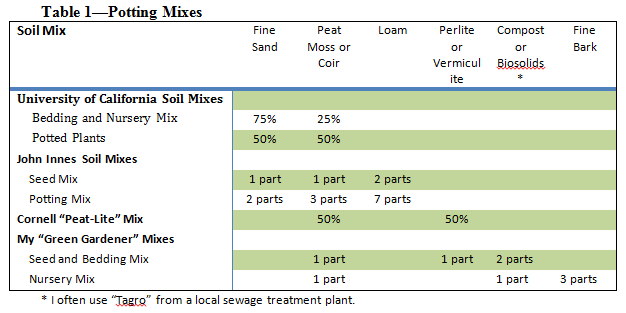Soil Preparation is Important for Successful Gardens
Buying plants on impulse or over-ordering seeds is hard to resist for an avid gardener. You should have a location in mind before purchasing and make sure the soil is prepared in the selected location before planting. It is much easier to start with a good soil than trying to amend it after planting!
Most trees and shrubs require little preparation as long as the soil is well drained and topsoil hasn’t been removed due to construction activities. If you have a drainage problem, you may create a berm (a hill) to raise the soil level or select plants tolerant of “wet-feet.” Evergreen shrubs such as rhododendrons and heathers need organic matter incorporated into the garden bed prior to planting.
Use soil that was dug out of the hole for backfilling. Nicer soil placed in the hole discourages the plant’s roots from growing into surrounding soil and may cause problems in water movement. Top-dress with fertilizer and mulch after planting. Don’t forget to water!
Herbaceous flowers, herbs and vegetables are fussier. You need soil with a proper balance of moisture retention and drainage as well as the ability to hold nutrients. Sandy soils drain too quickly and will not retain nutrients. Clay particles are good at holding nutrients but a clay soil won’t drain. Loam, with a mixture of particle sizes, is ideal. Moisture and nutrient retention is also improved by the addition of organic matter. One example is coconut fiber (coir); it is the “green” alternative to peat (which is mined out of ancient bogs).
It is often difficult to be sure that soil you buy will be of good quality. Soil companies sell soil as 3-way or 5-way mixes, however there is no standard as to what goes into these mixes. Usually they contain loam, compost, peat, sand, bark, and/or sawdust, (sometimes weed seeds!). Before ordering, visit the company to see samples. Bagged soil also varies in quality; I always look for broken bags so I can inspect the actual soil before I purchase a bag as well as read the label to determine the actual soil constituents.
Table 1 shows examples of various potting soil recipes. Many growers use two or three different recipes; one for nursery stock (woody plants), another for growing bedding plants (herbaceous flowers, herbs, vegetables, and house plants), and perhaps a third for germinating seeds. I purposely omit the chemical fertilizers in an attempt to encourage the use of fertilizers from natural sources.
I usually mix my own soil. Even if I buy it, I amend it with my own worm compost, biosolid products from local waste treatment plants, other “organic” fertilizers and sometimes perlite. Tagro is produced by the Portland Avenue sewage treatment plant in Tacoma. Made from biosolids, sawdust and sand, it is free if you shovel your own. For a minimal cost you can have it dumped into a truck or trailer, or have it delivered. I believe it is the highest and best use of this material–and it grows big beautiful plants! Often I will simply mix Tagro and fine bark mulch in my raised garden beds. You can also purchase premixed potting soil.
It is a good idea to test your soil, especially for pH—we usually have acid soils. Test kits list recommended pH ranges for various crops and will tell you how to calculate the amount of amendments, such as lime, that should be added to your bed.
“Soundgro” is a granular fertilizer produced by Pierce County’s Chamber’s Creek treatment plant—I use this for nitrogen when I don’t use Tagro. I have used rock phosphate for Phosphorus, greensand for potassium (K) and kelp meal for micronutrients. Follow recommended application rates– more is not always better! Cedar Grove Compost is also a good product made from recycled yard waste in the greater Seattle area. Look for other recycled waste materials in your area. These soil amendments are usually a cheap alternative to chemical fertilizers.
When you start with a good, nutrient-rich soil, it is easier to grow healthy vegetables, flowers and landscapes!
(This article was first published in the Peninsula Gateway on Jan. 20, 2010)



I like your tip that a lot of people use two or three different mixes of soils. Every plot of land is different, and so is every garden. Not every type of soil will work the same in every climate either, so it’s important to experiment and see what works for you. My wife and I have starting gardening lately, and this article was helpful, thanks!